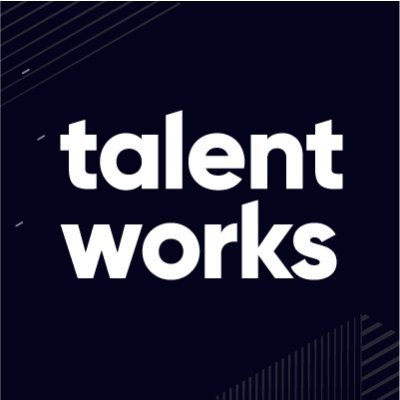
How to ensure tenured employees and new hires feel like they work for the same company
What a difference a year makes. In the last 12 months, your company has no doubt changed beyond recognition. Long time employees are likely missing each other and may not have even met the newbies hired via Zoom or Teams in the midst of the pandemic.
If you’re working in tech, you’ve likely taken on new talent to support the digital demand, but if you’re working under the pressures of fast growth, it’s unlikely you’ve had the chance to share and update your values.
These new employees might have been attracted by a company’s proactive approach to supporting its employees’ needs during the pandemic, or even the lure of accelerated career development in a remote working environment. Think of how different that is compared to a new employee hired three years ago at the same company, who may have ranked higher the opportunity for overseas work, the onsite gym or an onside childcare centre.
Go even further back, and think about the difference between this and an employee joining ten years ago, who could have been attracted by the in-house professional training scheme, the office environment, and even perks like the office ping pong table or weekly massages to ease the strain of sitting for hours on end.
All three generations of those employees might still be working at the same company, but feel like they’re working at different businesses. It’s likely that those who joined in 2020 are having a completely different experience to a team member who has been there for many years, and if there is a disconnect between how veteran and new employees see the business, the risk is that your early employees will see the company losing the foundation of culture it was built upon. A gap may well start to grow between those who recently joined the company, and those who were there from the beginning.
The time to build bridges is now. Consistency is key, but understanding the true merits of your culture and confirming valid and coherent across the candidate lifecycle is growing increasingly hard without the support of onsite teams. So, when it comes to ensuring that employees are engaged across the board, what should businesses consider?
1) Decide your Employer Value Proposition
Having a strong Employer Value Proposition - what an employer offers an employee - can act as guidelines for your employer brand. Not only does it set the company tone, but it also establishes expectations amongst your workforce. Findings have shown that having a strong EVP can boost new hire commitment by up to 29%, as the company better resonates with potential candidates and is set apart from its competition. For existing employees, it also confirms the long term company values and is reported to decrease annual employee turnover by 69%.
Start by researching your existing EVP (even if you don’t think it’s defined yet). Ask existing employees what they enjoy about the company while simultaneously encouraging constructive feedback or ideas for improvement. You can then base your EVP framework around their ideas, alongside improving any negative elements that were flagged in the process. It may be time to bring in outside help to determine how employees feel and how this aligns with leadership and the external perception of your company in the market.
This is particularly important in today’s environment, where engagement must span new remote workers, while also taking into consideration the requirements of long-time workers alike. If you ask yourself, is my EVP still attractive to the employees who have been here for ten years, what will the answer be?
It is, however, important to understand unconscious bias in your organization when determining your EVP. Are there any elements of the employee experience or recruitment process that are unknowingly biased? For example, is your organisation set on hiring ‘hardworking individuals’, but against hiring someone without a degree? Understanding the processes behind hiring and the values that drive them is key to ensure that your EVP isn’t just a tickbox, but is part of the foundations of your workforce, business strategy and company culture as a whole.
2) Share your EVP with existing employees
After deciding upon your EVP and company values, it’s time to share it with your existing employees. Your EVP should form the basis of your internal communications, and should be presented to new employees as they are onboarded. This will encourage existing employee buy-in and help build consistency within the business, and will make sure that what external applicants are seeing mirrors what your current employees are feeling.
Your EVP might have changed or grown during the pandemic - or while you scaled - so ensuring it is agile, tailored and reflective of how you are currently operating is key. With financial efficiency the focus of many businesses in 2021, this year is all about retention. Keeping critical employees engaged and productive will be key to recovery.
3) Promote your EVP externally
Craft your external communications and recruitment campaigns around your defined culture to attract the talent that suits your company values best. This not only ensures that the candidates that apply are interested in your business, but also share the same values and ethics that your existing employees do.
However, be careful that you are consistent with all employees. If you promise new training or benefits to new starters, you must ensure that your existing employees are offered the same. Without this system in place, your loyal employees will feel that the new kids on the block are getting preferential treatment.
Veteran and new employees will therefore feel that they work for the same company, onboarding and collaboration will be made easier, and any disconnect will be significantly reduced.
Reducing this disconnect is not just insightful for the employees, but can help employers to quickly understand if there are any parts of the employee experience that decrease employee retention. With 2021 being a challenging business and recruitment environment, and there being an increased number of candidates in the hiring pool, this is more important than ever. The key to success is in learning how to create a culture of engagement even while we are remote, and keeping critical employees engaged and productive will be key to recovery.


